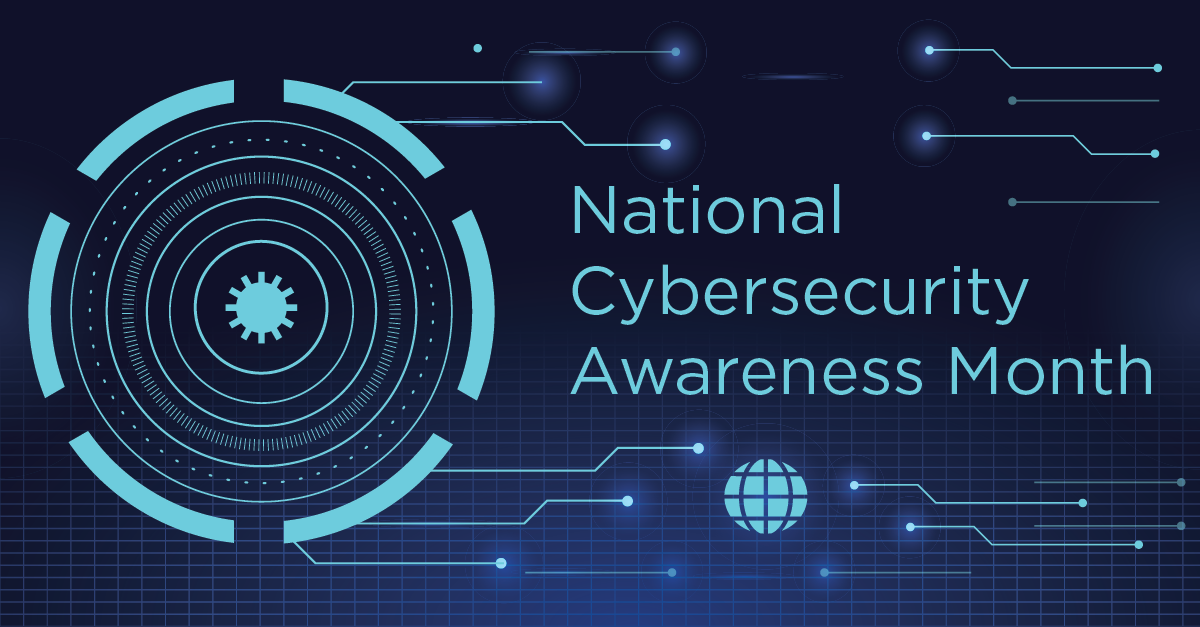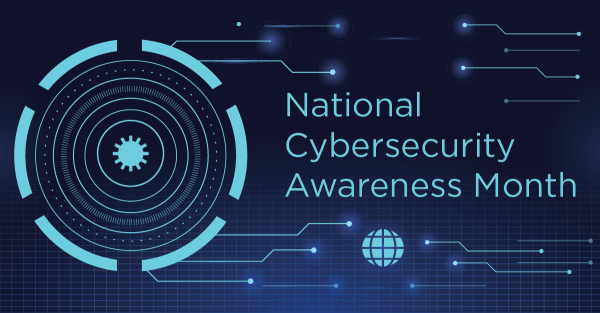






“Just like oil was a natural resource powering the last industrial revolution, data is going to be the natural resource for this industrial revolution. Data is the core asset, and the core lubricant, for not just the entire economic models built around every single industry vertical but also the socioeconomic models.” -Ginni Rometty, Executive Chairman, IBM
Given its intrinsic core value, maintaining the security of data is crucial for the success of any business. Intentional or accidental exposure of proprietary data such as companies’ intellectual property and customers’ personal and financial information can lead to reputational damage and loss of customer trust, noncompliance penalties from industry regulations, and lost revenue. Moreover, when businesses around the world changed the way they worked in response to the pandemic, cybercriminals ramped up their efforts to breach corporate networks with increased phishing, malware, ransomware, distributed denial of service (DDoS), and other malicious attacks. One major telecom provider has seen DDoS attacks increase by 33 percent in the wake of the COVID-19.
Average Cost of Data Breach, by Industry
Healthcare: $7.13 million
Financial Services: $5.85 million
Pharma: $5.06 million
Technology: $5.04 million
Today, companies are so preoccupied with data loss from cyberattacks and data breaches in their own facilities, that they overlook risks in the data center. Consider the former Google engineer who plugged his work-issued laptop into a company server and proceeded to download thousands of proprietary files related to driverless car navigational systems, which he then transferred to an external drive and illegally provided to a ride-sharing firm that was developing similar technology.
So, let’s take a look at the top-five proven defenses data center providers should adopt to safeguard customer data and infrastructure.
1. Physical Security
Although most data centers implement extensive measures to secure the perimeter of a facility, breaches as a result of unauthorized access still happen. For this reason, the most fortified data centers deploy multi-layered security access methods including visual inspections from multiple 24×7 guard stations and video monitoring. Best practices also incorporate biometric access controls and keypads, double-locking mantraps at the data center entrance, and restrictive access policies for each customer’s space, providing security within each zone of the facility.
2. Maintaining Uptime
A recent survey by the Uptime Institute found that the leading cause of data center failures is power outages. Hence, it follows that organizations that opt to partner with a data center provider that addresses issues related to reliable and resilient power make one of the best decisions concerning data security.
The Uptime Institute classifies data centers based on their infrastructure capacity, system availability, redundancy, and concurrent maintainability. The Tier III classification indicates a highly-reliable facility with a fully redundant critical power distribution system and cooling components. Tier III data centers can lose an uninterruptible power supply (UPS) or generator power and maintain continuous operations. Additionally, a Tier III facility allows data center operators to perform regular maintenance on power equipment and regularly test capacity and failover without interrupting ongoing operations. Maintaining data center operations and staying online is therefore related directly to data security. So, too, is maintaining end-to-end visibility across the entire infrastructure so that IT staff can introduce the right mix of security layers and controls to ensure redundancies and create a protective environment.
3. Continuous Monitoring
Continuous monitoring is critical to data security, particularly to ensure successful compliance and efficient audits. Broadly defined, continuous monitoring, also known as continuous controls monitoring, CCM, or ConMon, enables management to continually review business processes for adherence to, and deviations from, their intended levels of performance and effectiveness. While new compliance requirements, unfamiliar compliance territory as a result of business expansion, or a failed audit are frequent rationales for embarking on a program of continuous monitoring, ConMon also provides innumerable ongoing benefits. Chief among these is preempting the need to be reactive and fix a problem or vulnerability quickly before a data breach or audit.
Continuous monitoring also enables companies to establish useful metrics for their computing environments, reduce costs through enhanced fraud and error detection and prevention, and preemptively identify potential points of IT equipment failure.
4. Maintain Compliance and Controls
For financial services and healthcare organizations as well as enterprises that market their services to the government sector, security, and regulatory compliance is non-negotiable. Any organization that must meet HIPAA, PCI, FedRAMP, or other types of compliance measures must ensure that their data center and cloud providers can satisfy stringent standards.
A critical step is to first conduct a comprehensive security and governance audit. This audit should include an evaluation of all data security policies as wells as user privileges and compliance regulations. In the age of hybrid IT, organizations also need to determine the workloads that could and should be migrated to the cloud. Equally important is to understand each workload’s security requirements and select the appropriate cloud platform and architecture. Companies should also understand the shared and discrete security responsibilities between them and their cloud service providers.
Among the major benefits of DataBank’s platform is that we can control colocation, private cloud, and public cloud, applying consistent security coverage and compliance to every one of these environments. Furthermore, we’re able to provision and maintain a company’s infrastructure, enforcing security to its platform while covering a far greater number of compliance controls than public cloud — 80 percent versus 20 percent — thereby freeing the organization’s resources to focus on revenue and innovation initiatives.
5. Access to Security Expertise
An indispensable element to maintaining data security is access to highly-experienced, proven security engineers, directed by a chief information security officer (CISO), who is dedicated to managing and monitoring customer environments. Particularly for companies that don’t have the internal resources, or whose resources are already strained, there simply is no substitute for the people, security processes, and technologies that a reliable partner brings to bear in protecting business-critical data and infrastructure.
These five attributes are hallmarks of DataBank’s defense-in-depth approach to the Data Center Evolved experience. If you’d like to learn more, contact us today!

Discover the DataBank Difference today:
Hybrid infrastructure solutions with boundless edge reach and a human touch.
Our website uses cookies to provide you with a better experience. Read our privacy policy for more information.Accept and Close